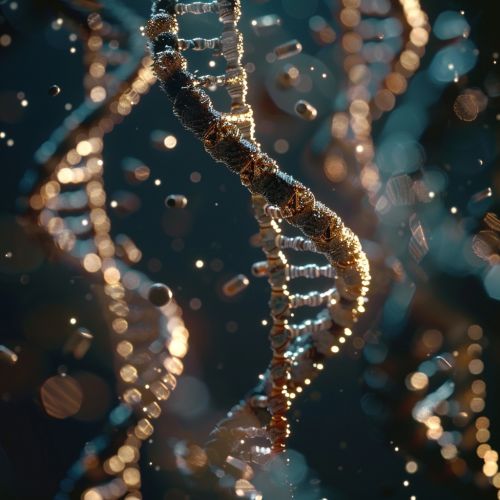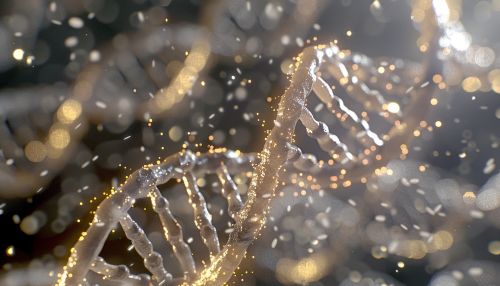Heredity
Introduction
Heredity, also known as inheritance, is the process by which characteristics are passed on from parents to their offspring. This process is a fundamental principle of genetics, the study of heredity and variation in living organisms. Heredity is responsible for the resemblance between parents and offspring, and it also explains the inheritance of traits from one generation to the next.


Genetic Material and Heredity
The genetic material, primarily deoxyribonucleic acid (DNA), is the vehicle of heredity. DNA is a double-stranded molecule that carries the genetic information in all living organisms. The structure of DNA allows it to replicate and pass on the genetic information to the next generation. Each strand of the DNA molecule is a sequence of nucleotides, which are the basic units of genetic information. The sequence of nucleotides in a DNA molecule determines the sequence of amino acids in proteins, which are the primary components of cells and tissues.
Mechanisms of Heredity
The mechanisms of heredity involve the replication of DNA, the process of meiosis, and the process of fertilization. During DNA replication, the two strands of the DNA molecule separate, and each strand serves as a template for the synthesis of a new complementary strand. This process ensures that each new cell receives a complete set of the genetic material.
Meiosis is a special type of cell division that occurs in the reproductive cells. During meiosis, the number of chromosomes is reduced by half, and each resulting cell contains a unique combination of chromosomes. This process ensures genetic diversity in the offspring.
Fertilization is the process by which the male and female reproductive cells, or gametes, combine to form a new individual with a complete set of chromosomes. The combination of chromosomes from the two parents results in the inheritance of traits from both parents.
Patterns of Inheritance
The patterns of inheritance describe how traits are passed on from parents to offspring. The basic patterns of inheritance include Mendelian inheritance, non-Mendelian inheritance, and quantitative genetics.
Mendelian inheritance, named after the Austrian monk Gregor Mendel, involves the inheritance of traits that are determined by a single gene. Mendel's experiments with pea plants led to the discovery of the laws of inheritance, which are the foundation of genetics.
Non-Mendelian inheritance involves the inheritance of traits that are determined by multiple genes or by genes that do not follow the laws of Mendelian inheritance. Examples of non-Mendelian inheritance include polygenic inheritance, where a trait is controlled by multiple genes, and epistasis, where one gene affects the expression of another gene.
Quantitative genetics involves the inheritance of traits that are influenced by multiple genes and by environmental factors. These traits are often measured on a continuous scale, such as height or weight.
Genetic Disorders and Heredity
Genetic disorders are diseases that are caused by abnormalities in the genetic material. These disorders can be inherited from the parents or can occur as a result of mutations in the DNA. Some genetic disorders are caused by mutations in a single gene, while others are caused by abnormalities in the structure or number of chromosomes.
Conclusion
Heredity is a complex process that involves the transfer of genetic information from parents to offspring. The study of heredity has led to significant advances in our understanding of genetics and has implications for a wide range of fields, including medicine, agriculture, and conservation biology.
